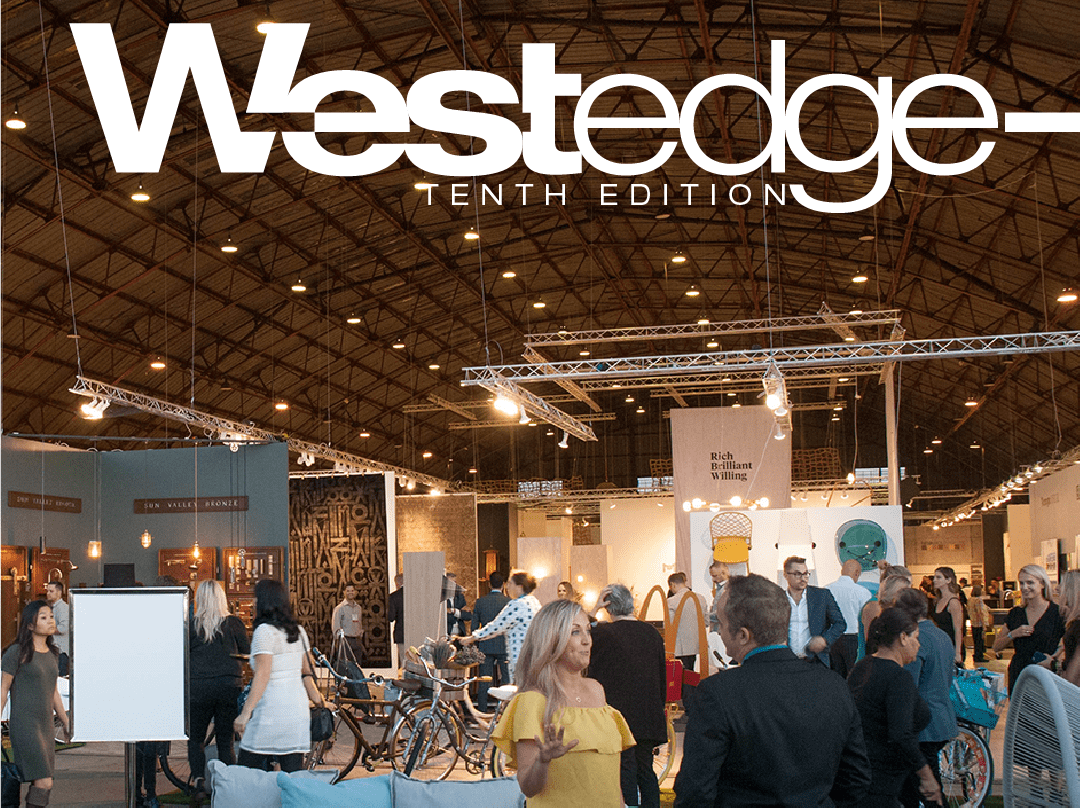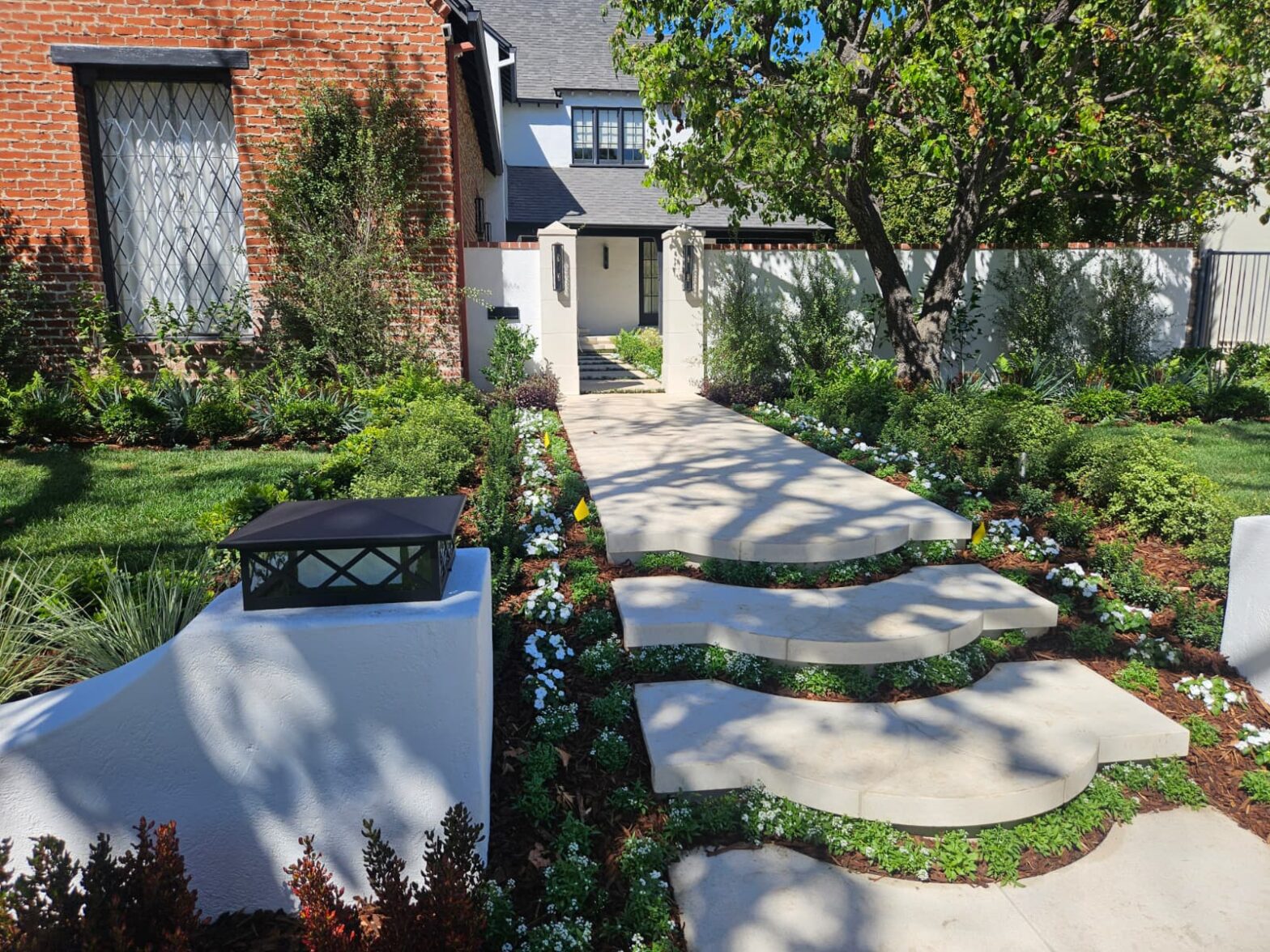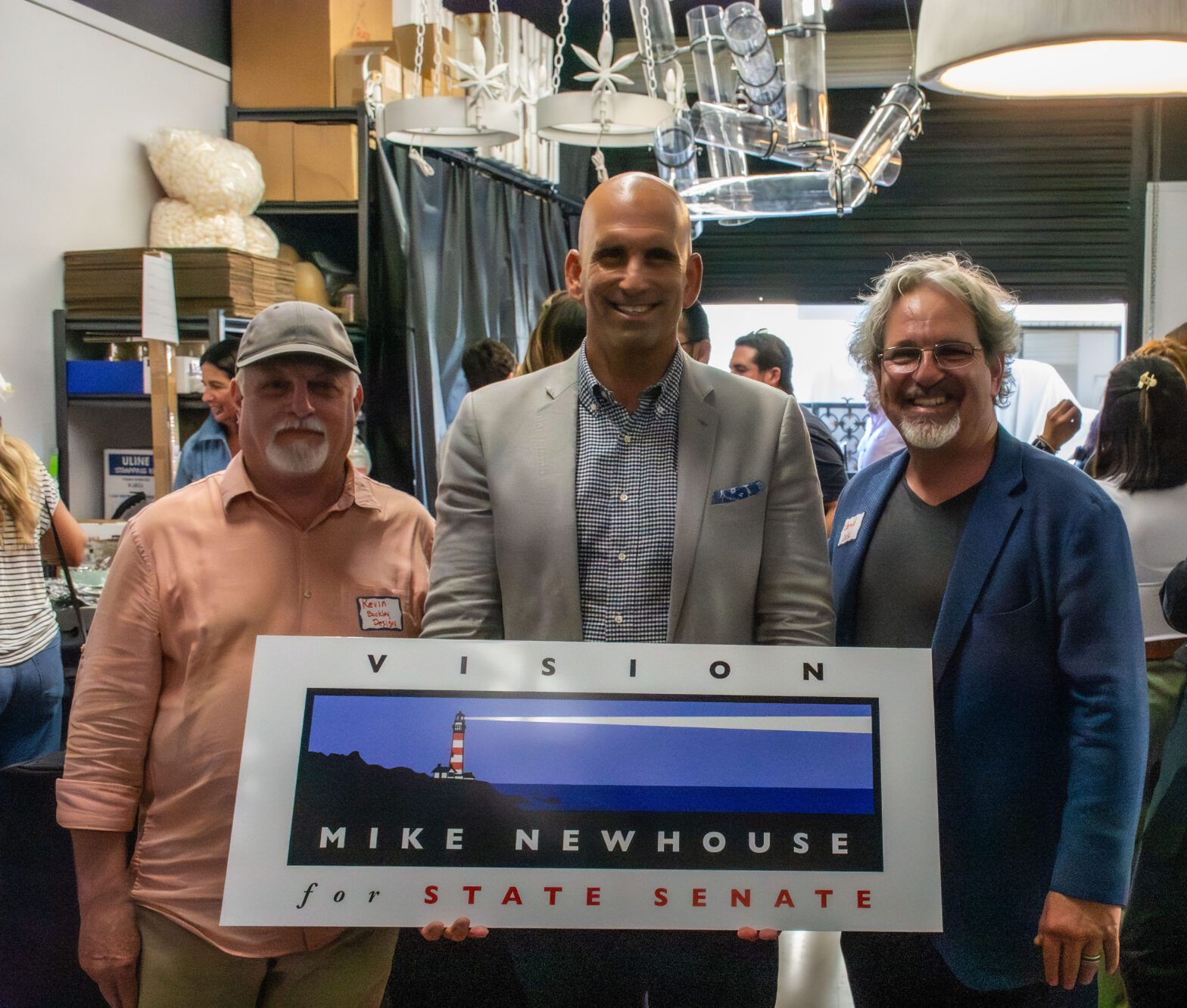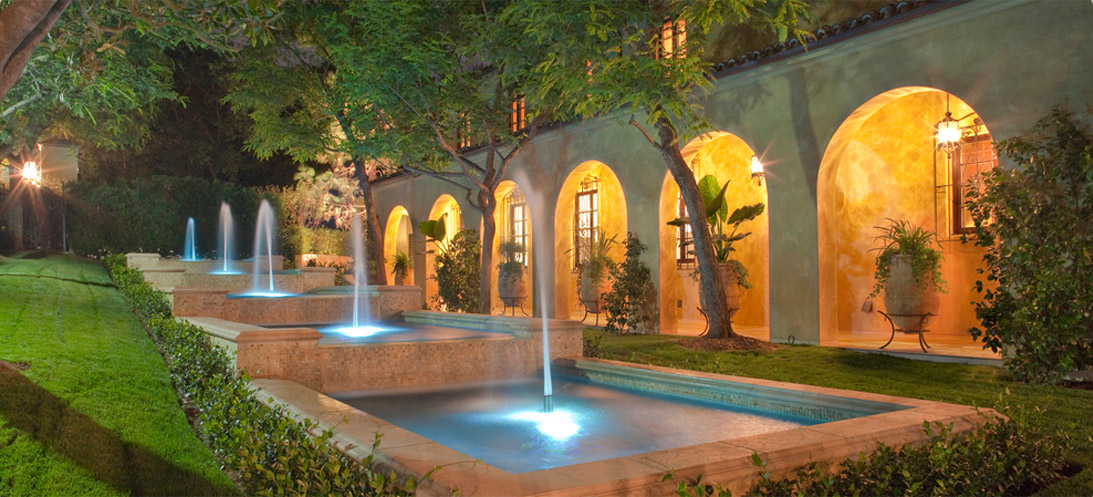![]() Recently, we had the opportunity to talk with Erik Evens, a renowned architect in his own right and the current president of the Los Angeles branch of the Institute of Classical Architecture and Classical America, to find out more about the Institute from an insider:
Recently, we had the opportunity to talk with Erik Evens, a renowned architect in his own right and the current president of the Los Angeles branch of the Institute of Classical Architecture and Classical America, to find out more about the Institute from an insider:
1. What attracted you to becoming a member of the Institute of Classical Architecture and Classical America?
The ICA/CA is a splendid organization and its mission and message was well aligned with my professional goals. I had always admired the Institute and when Marc Appleton, a mentor of mine, opened the Los Angeles chapter, I was able to become personally involved with the administration side.
2. What is considered Classical America?
Classical America is the remnant of an older organization that has merged with the Institute of Classical Architecture. Classicism as a style of architecture/design is inspired by the Classical language of Greece and Rome.
2a.What would you consider Classical American Architecture and why?
Most of the early Colonial style on the East Coast and the monuments in Washington are inspired by Classical style. Here in Southern California, we have early Spanish Colonial, which has elements derived from Classicism. As an example, the Pasadena City Hall is undergoing a renovation and it looks great.
3. Can you briefly summarize the mission of the Institute and how it benefits the architecture and design community in its entirety?
The Mission of the Institute is education and advocacy of Classical style and techniques that are no longer taught in schools around the country. The Institute offers classes in the classical traditions to provide a remedy for the lack of classical curriculum on both a national and local level.
3. What benefits does the ICA&CA provide for its members?
First and Foremost, you get a newsletter to keep you regularly updated on the ICA/CA’s happenings. You also get periodicals as well as sporadic coffee-table style magazines that are collections of recent Classical additions to architecture and design. Membership also confers the ability to save money on class tuition, ticket and events.
5. Can you expand on the nature of the relationship between the Institute and Habitat for Humanity?
Nationally, there is a great liaison between ICA/CA and habitat. Both groups co-authored A Pattern Book for Neighborly Houses, which is a design guide/primer to make houses that look like they fit into traditional neighborhoods for architects and designers that want to do work for Habitat. Locally, we are producing a playbook, which has examples of houses applicable for Southern California to engage members to design buildings. The goal of the playbook is to be able to have Habitat Southern California give it out to local designers and architects and provide examples and inspiration.
6. What do you believe are the reasons we should have process and understand classical architecture?
The history of Classicism is in history or Western Culture and having a good grounding and understanding of that language is crucial to designing architecture and objects. In keeping up with modernity, we continue to go back. Its about maintaining design continuity as an “architectural memory” and we can tap into that collective memory.
7. When working on a Restoration project, would you meld Classical and contemporary architecture seamlessly or make them stand apart?
Sometimes…its not recreating archaic designs, rather it’s using a language that resonates from great traditions to adapt to modern designs.
8.What are the pros and cons of using reproductions and antiques with new construction, versus historic renovations and how does ICA&CA address this?
There is no conflict with using both antiques and reproductions in new work. Collected, they demonstrate a history, which is both comforting and important. It allows buildings to tap into history; they belong to continuity, not from it. It helps tie the current with the past.
9. Do you encourage all architects and designers to participate and if so how do you get them to participate?
If you find value in the Classical tradition, you should become involved. Once you are involved, you will be advocating a great design tradition. You have a great social networking group and the ability to tap into the community. Come to events and see what its all about, whether it’s a class or lecture, you’ll want to get involved.
Does the ICA & CA have any projects or achievements coming up that you’d like to talk about?
There’s always something going on, see the calendar at the website to see what’s next.












